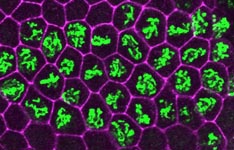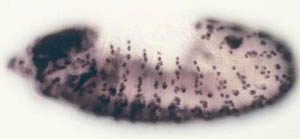Links
News and Notes of Interest
ResearchGate / Google Scholar
Publications / Talks and Seminars
Teaching
Participation / Recognitions
Students
Prospective students: Near retirement, I am no longer taking students but explore Biology and the Environment, Ecology, and Energy Program (including Geography Department faculty affiliated with this Program) websites for ecologists who may help you! Though retiring, I am always glad to give advice to prospective and current graduate students through email.
Research Interests
Peter White is a plant ecologist with interests in communities, floristics, biogeography, species richness, the distance decay of similarity and beta diversity, conservation biology, and disturbance and patch dynamics. In vegetation science he is interested in the composition and dynamics of plant communities, the relationship between vegetation and landscape, and role of disturbance, and the ecology of individual species in a dynamic setting. In conservation biology he is interested in the distribution and biology of rare species, the design and management of nature reserves, alien species invasions, and conservation ethics.
From 1986 to 2014, Peter White directed the University’s North Carolina Botanical Garden through a period of exciting changes and growth. In this role, he and the staff have sought to redefine the scope of botanical gardens to focus on conservation, sustainability, and gardens as the healing interface with and gateway to nature. The Garden became one of the first gardens to enact policies aimed at diminishing the risk of release of exotic pest organisms in 1998 and was presented with a Program Excellence Award in 2004 by the American Association of Botanical Gardens and Arboreta. In 2009, the Garden opened the Education Center, a 29,000 sq ft facility that became the first LEED Platinum building on any of the 17 University of North Carolina campuses.


